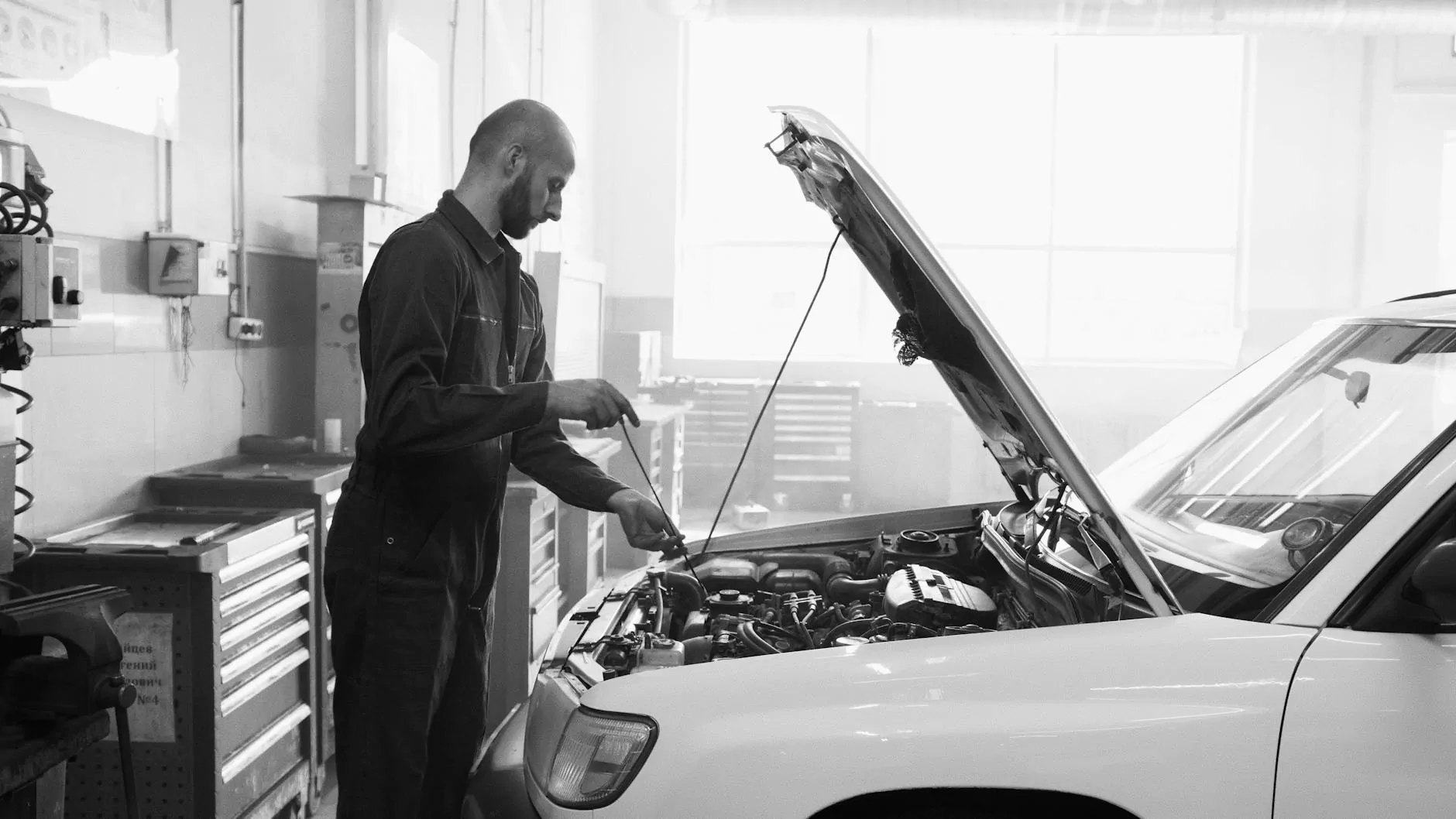Bucket Truck Safety Inspections

Introduction
In the heavy industry and engineering category, bucket trucks are invaluable equipment used for various tasks such as maintenance, construction, and utility work. As these trucks are critical to worker safety, ensuring routine safety inspections is of utmost importance.
The Importance of Bucket Truck Safety Inspections
Bucket truck safety inspections serve as proactive measures to identify and address potential hazards before they lead to accidents or equipment failures. Conducting regular inspections helps maintain the reliability and performance of bucket trucks, ensuring the safety of operators and workers.
Key Components of a Thorough Bucket Truck Safety Inspection
- Visual Inspection: Inspect the overall condition of the truck, including its body, hydraulic systems, outriggers, and boom. Check for any signs of damage or wear and tear.
- Electrical System Check: Ensure the proper functioning of all electrical components, including lights, switches, and warning signals. Test the functionality of the truck's battery and charging system.
- Hydraulic System Inspection: Examine hydraulic hoses, fittings, and cylinders for leaks or signs of damage. Verify that the boom operates smoothly and securely without any abnormal movements.
- Functionality Test: Test all controls, levers, and safety devices to ensure they are in perfect working condition. Check for any abnormal noises or vibrations during operation.
- Stability Evaluation: Assess the stability of the truck by inspecting the condition and functionality of outriggers and stabilizers. Verify that all safety mechanisms, such as interlocks and emergency stops, are operational.
- Documentation: Keep detailed records of all inspections, including dates, findings, and maintenance activities performed. Maintain a logbook or digital record for future reference.
Tips for Effective Bucket Truck Safety Inspections
- Establish Regular Inspection Schedule: Create a maintenance plan that outlines the frequency of bucket truck inspections based on usage, manufacturer recommendations, and regulatory requirements.
- Train Operators and Inspectors: Ensure that operators and designated inspectors undergo proper training to understand safety protocols, inspection procedures, and potential hazards associated with bucket trucks.
- Follow Manufacturer Guidelines: Adhere to the manufacturer's guidelines and recommendations for maintenance, inspections, and replacement of parts. This helps maintain warranty coverage and ensures compliance with industry standards.
- Stay Informed: Stay updated with the latest safety regulations and industry best practices to enhance the effectiveness of bucket truck safety inspections.
- Promote a Safety Culture: Encourage a safety-first mindset by providing ongoing training, regular safety meetings, and incentives for employees who adhere to safety protocols.
Conclusion
In the heavy industry and engineering sector, prioritizing bucket truck safety inspections is crucial for protecting both workers and assets. Regular inspections, carried out by trained personnel, help identify potential issues and maintain the robustness and reliability of the equipment. By following best practices and adhering to manufacturer guidelines, businesses can ensure optimal safety standards and operational efficiency when deploying bucket trucks.









